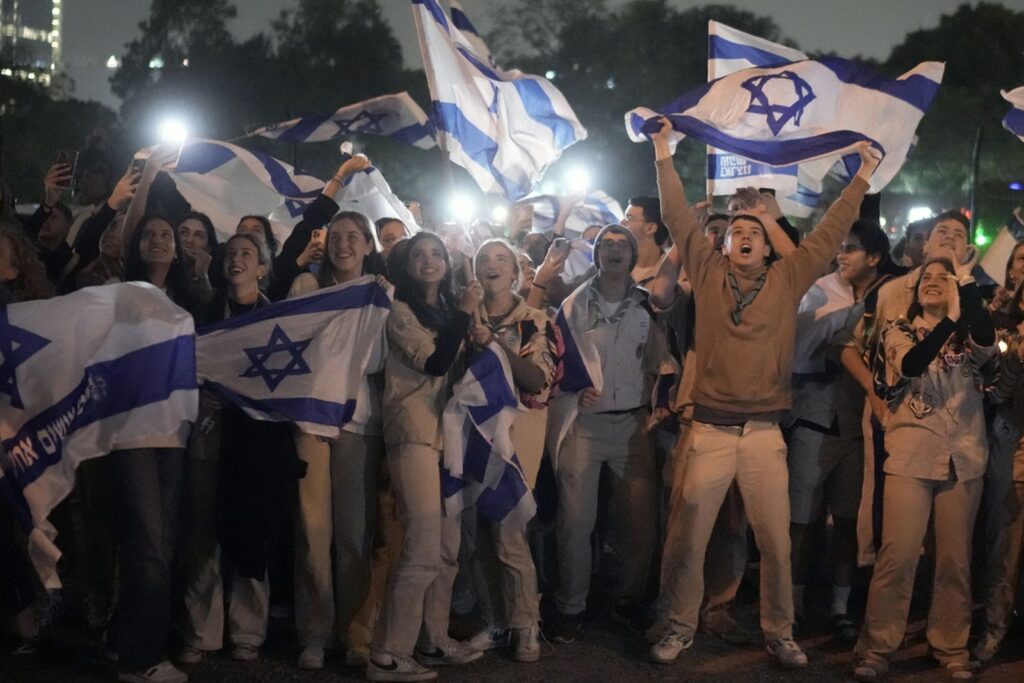
In a development marking the fourth hostage release under a ceasefire agreement between Israel and Hamas, the Israeli military announced on Monday that 11 hostages have been freed from Hamas captivity in the Gaza Strip. This release is part of an ongoing effort to de-escalate tensions and foster diplomatic dialogue between the two conflicting parties.
The hostages, who were captured during Hamas’ attack on southern Israel on October 7, were safely transported back to Israeli territory. Initial medical checks were conducted, and the individuals are now undergoing reunification with their families. Of the approximately 240 hostages taken by Hamas during the October attack, this release brings the total number freed to 62. Tragically, two hostages were found dead inside Gaza, and one was released by Israeli forces.
The ceasefire deal includes provisions for Israel to release Palestinian prisoners in exchange for the return of hostages. As part of this agreement, Israel is set to release 33 Palestinian prisoners later on the same day, emphasizing the reciprocal nature of the ongoing negotiations.
The release of hostages has become a crucial component of the ceasefire negotiations, with Israel expressing its commitment to extending the truce by one day for every 10 additional hostages released. This mechanism aims to incentivize progress and maintain a positive trajectory in the peace process.
Qatar, a key mediator in the conflict alongside the United States and Egypt, recently announced a two-day extension of the ceasefire under the same terms. This extension allows for continued negotiations and provides a window for increased shipments of fuel and supplies into Gaza. Despite these efforts, aid groups contend that the assistance remains insufficient to address the urgent needs of the 2.3 million Palestinians in Gaza, who have endured weeks of Israeli siege and bombardment.
The ceasefire has brought moments of relief and optimism, enabling families to be reunited and facilitating the return of hostages to their homes. However, the road to a lasting resolution remains challenging. The conflict, which began weeks ago, has resulted in the loss of more than 13,300 Palestinian lives, with roughly two-thirds of the casualties being women and minors, according to the Hamas-controlled Health Ministry in Gaza.
Israeli Prime Minister Benjamin Netanyahu has indicated his intention to press ahead with the war once the ceasefire expires. The toll on both sides is evident, with at least 1,200 people killed in Israel, predominantly during the initial incursion by Hamas, and 77 Israeli soldiers losing their lives in the ground offensive.
Amidst the delicate negotiations and humanitarian challenges, the release of hostages stands as a symbolic step toward peace. The international community continues to monitor the situation closely, hoping for a sustainable resolution that addresses the root causes of the conflict and brings lasting stability to the region.
